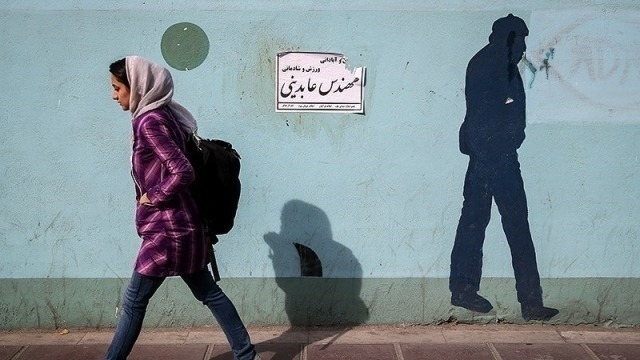A conference about representations of the Other in the Middle East, North Africa and Central Asia
Postgraduate and early career research conference
Australian National University, 23-24 November 2017
Introduction
The Centre for Arab and Islamic Studies (ANU) is proud to convene its third conference for postgraduates and early career researchers. This two day interdisciplinary conference is open to scholars, students, professionals, and the general public with an interest in the Middle East, North Africa and Central Asia.
Conference theme
In glossy Islamist publications and in the blogs of opposition activists, we seem to have unprecedented empirical access to voices from the Middle East and Central Asia. We are bombarded with images from and about the Muslim world. The Syrian conflict alone has produced a stream of videos, testimonies, counter-testimonies and raw propaganda. The revolution has been live streamed, skyped, tweeted and mapped in real-time. This is a function of both technology and of new forms of media and material. Social media, most notably, has become something of a danger and a boon to analysts and policy makers. Its epistemological promise matches its purported role in disrupting and transforming social and political life on the ground. Words, symbols and media proliferate. The remains of destroyed historical artefacts, the filming of that destruction, and the propagation of such film on social media: each are potential data sets for the scholarly endeavour.
Yet it was almost thirty years ago that Timothy Mitchell argued the European enterprise of knowledge about colonial Egypt actually constituted an idea of Egypt as a picture. Western knowledge of the Orient relied on the idea that the other could be drawn, re-presented, re-figured, re-ordered. Echoing Heidegger’s epithet, this was ‘the age of the world exhibition, or rather, the age of the world-as-exhibition’. Arguably this picturing of the Other has not slowed down: the Muslim is described, explained, illustrated in cartoon and prose, delineated in laws and regulations, and filmed in real-time as he crosses the sea. Yet we picture them differently depending on disciplinary background: as construction, as epiphenomenon, as agent, as function of history. So images, symbols, and all manner of representations are more dominant than ever. The Muslim is an image, an idea, an other.
We suggest that words, symbols, images and other representations therefore warrant a dedicated empirical and theoretical investigation beginning from the best of the inter-disciplinary traditions of Middle Eastern and Islamic studies, but welcoming participation from surrounding academic practitioners. We are interested in both the epistemological potential of these symbolic tokens, as well as various theoretical challenges that are raised by them, concerning the Middle East, North Africa and Central Asia










